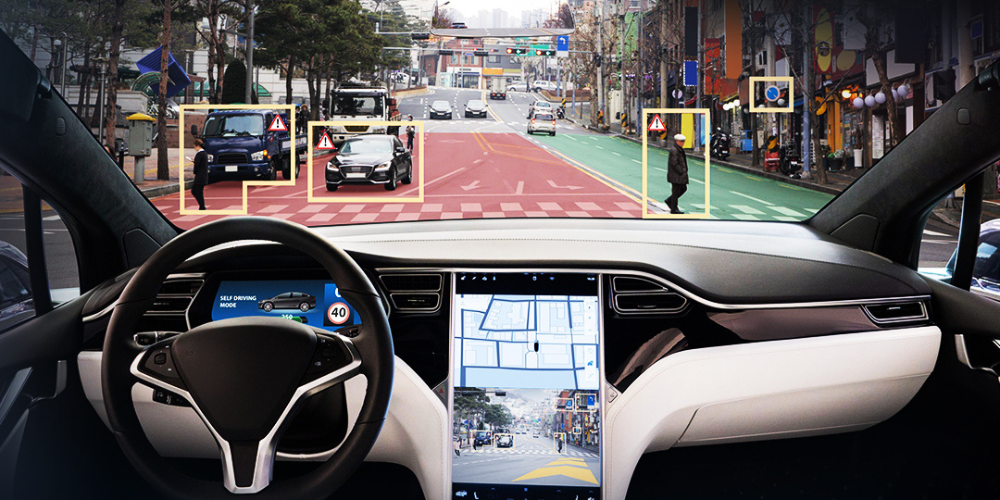
How the U.S. Government Plans to Ease Safety Rules for Self-Driving Vehicles

Something subtle but seismic just happened in the world of autonomous vehicles: U.S. regulators quietly peeled back some of the old rules that were clearly written for another era. Steering wheels, mirrors, and brake pedals are great inventions if you’re designing for humans behind the wheel, but they are fairly irrelevant if no one’s supposed to be sitting there at all.
This regulatory shift, led by the Department of Transportation, signals more than an administrative update. It’s an admission: the road ahead isn’t just being paved by engineers and investors, but by policy writers finally catching up with the code.
No Driver, No Pedals, No Problem?
The updates focus on easing compliance with traditional vehicle safety features, many of which assume a person is behind the wheel. Rearview mirrors, foot-operated brakes, and even dashboard alerts that depend on human input are no longer mandatory for fully autonomous vehicles.
These elements haven’t just been obsolete in theory—they’ve been active friction in deployment. Companies designing AVs from the ground up had to retrofit obsolete components simply to check regulatory boxes. Now, they can skip the vestigial limbs of driver-based design and focus on the neural network and sensor fusion that actually keep these things upright.
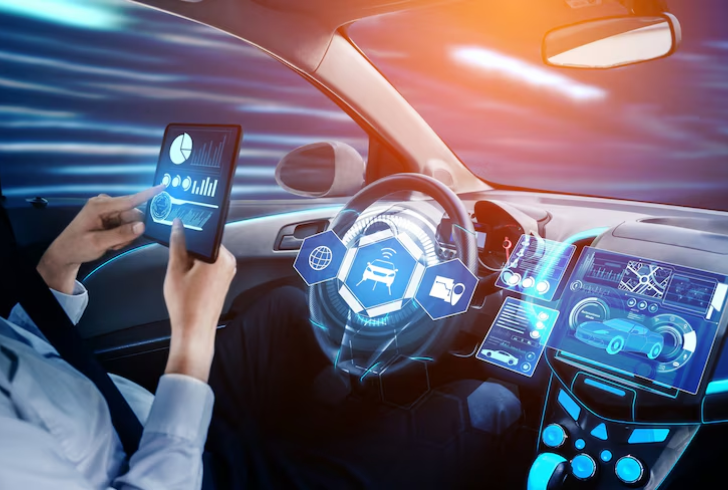
Freepik | Frolopiaton Palm | Autonomous vehicle regulations are being updated, dropping requirements for driver-operated controls.
There’s also a new tiered crash reporting system. Instead of flooding the federal government with every fender-bender, AV manufacturers can now file monthly incident summaries—unless something truly serious happens. It’s not a free pass, but it does suggest regulators have finally grasped the difference between a minor sensor misread and a system-level failure.
Applause, Unease, and the Usual Suspicion
Automakers, as expected, are applauding. The Alliance for Automotive Innovation—which is basically the industry’s group chat—issued a statement backing the changes as overdue. And they’re not wrong. For years, U.S.-based companies have been watching competitors in China and parts of Europe field autonomous prototypes on public roads while still stuck in bureaucratic traffic at home.
On the flip side, consumer safety watchdogs are treating the move like a Jenga pull at the bottom row. The concern isn’t that AVs are inherently unsafe—it’s that the companies deploying them are being trusted to define what counts as a risk. For groups like Advocates for Highway and Auto Safety, less oversight reads like more exposure to danger. They’re not against progress—they just want it double-checked.
The Exemption Loophole Widens
Previously, only imported AVs could qualify for the NHTSA’s Automated Vehicle Exemption Program, which allowed limited deployment of vehicles that didn’t meet all safety regulations. That gate has now swung open for domestic automakers as well. Which means a company like Ford or GM can get a test fleet on the road even if it skips legacy controls, as long as it can prove its vehicles meet the safety intent of those rules, not the letter.
For engineers and designers building cars that drive themselves without even pretending to accommodate humans, this change opens up real room to innovate.
GM Steps Back to Rethink
Not every automaker is sprinting through the newly open gate. GM, for instance, pulled back its Cruise operations late last year after a high-profile incident where one of its robotaxis hit a pedestrian. That followed a troubled review process, internal leadership reshuffles, and over $10 billion spent trying to make the future happen a little too fast.
The company now says it’s focusing more on driver-assistance technology that supplements human control—an approach that’s not as flashy but may be more sustainable.
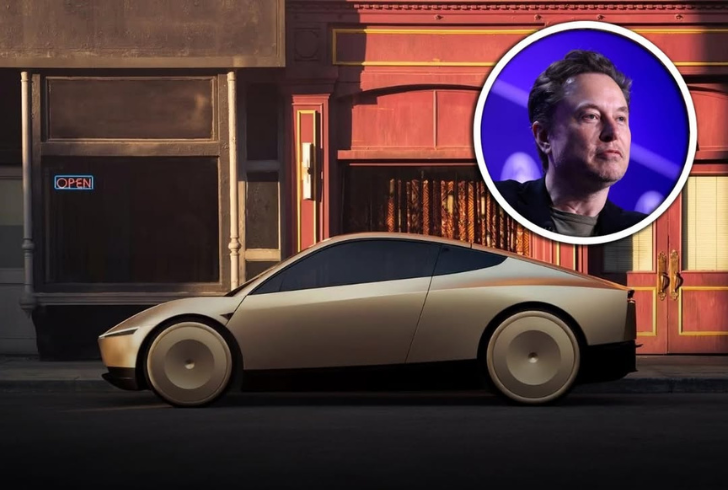
Instagram | @bestofmusk | With Musk’s robotaxi push, Tesla is central to self-driving regulations despite ongoing scrutiny.
Meanwhile, Waymo and Tesla Take Diverging Routes
Waymo, Alphabet’s AV arm, is playing the long game. The company recently closed a $5.6 billion funding round and seems intent on building robotaxi networks in dense urban cores, one city at a time. Their fleet expansion, especially into D.C., suggests a slow-burn strategy built on consistency rather than PR headlines.
Tesla, as ever, is the loudest voice in the room. Elon Musk is gearing up to launch a robotaxi fleet in Austin, Texas this summer—built on the back of Tesla’s Full Self-Driving system, which remains under investigation. Despite safety probes and a steady stream of skeptics, Musk is betting big on autonomy being Tesla’s defining move. He may be right, but betting the house only works if you’re holding the winning hand.
The Fine Line Between First and Reckless
The U.S. is no longer tiptoeing around AV regulation—it’s finally jogging. The hope is to keep pace with global competition, but also to set a standard that others might actually want to follow. That means regulation that enables risk without losing sight of what’s at stake when something goes wrong.
The next chapter in AV development won’t be written in code or steel alone—it’ll hinge on whether the public trusts machines more than they distrust the people deploying them.
More inDriving
-
`
Do Car Insurance Companies Offer Pay-As-You-Go Plans?
Car insurance premiums often feel unfair to people who rarely drive. Yet, most traditional auto policies still charge a fixed monthly...
July 17, 2025 -
`
Why the Koenigsegg Sadair Spear Is the Ultimate Hypercar Beast
Koenigsegg has revealed a new beast—the Sadair’s Spear. Tuning its focus on raw performance and brutal speed, this hypercar marks the...
July 11, 2025 -
`
Which States Have the Safest—and Riskiest—Drivers in America?
Driving safety isn’t just about skill. It’s also about location. A recent nationwide report shines a spotlight on where drivers are...
July 4, 2025 -
`
How to Save on Tesla Car Insurance Without Compromising Coverage
Owning a Tesla often brings savings on fuel and a futuristic driving experience, but the conversation changes quickly when it comes...
June 26, 2025 -
`
10 Weird Cars That Turned Heads and Won Hearts
Some cars turn heads with speed, others with luxury—but a rare few grab your attention simply by being delightfully strange. From...
June 20, 2025 -
`
Next-Gen Jeep Cherokee Expected to Arrive by Late 2025
After a break of two years, Jeep is prepared to relaunch the Cherokee brand. The automaker confirmed the return with fresh...
June 12, 2025 -
`
9 Tips to Make Night Driving Safer and Less Frightening
Once the sun dips below the horizon, driving becomes more than just a commute—it becomes a challenge. Limited visibility, harsh glares,...
June 6, 2025 -
`
The Impact of AI on Middle Management and Leadership Dynamics
Artificial intelligence is reshaping modern management practices. While intended to streamline tasks like approving time off or managing internal applications, its...
May 31, 2025 -
`
Car Insurance Rates Were Set to Fall—Then Tariffs Changed the Game
For many drivers, there was reason to hope for some relief on car insurance costs this year. After a strong performance...
May 25, 2025

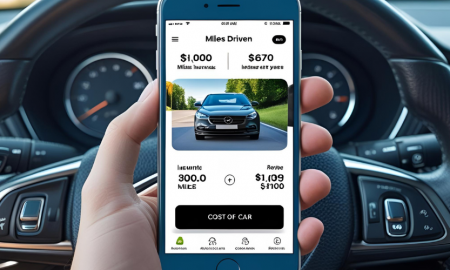
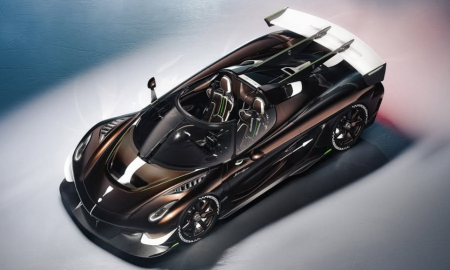
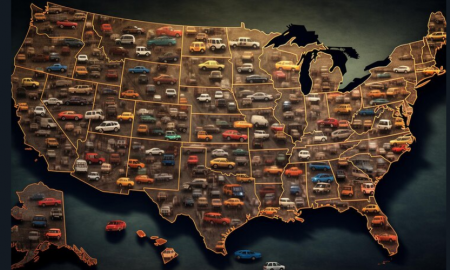
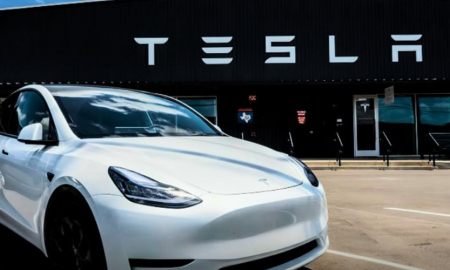

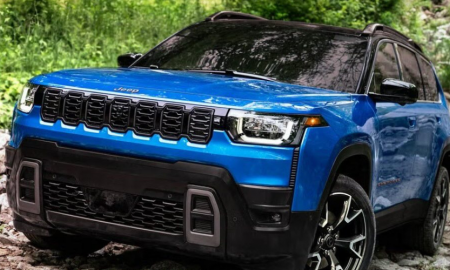
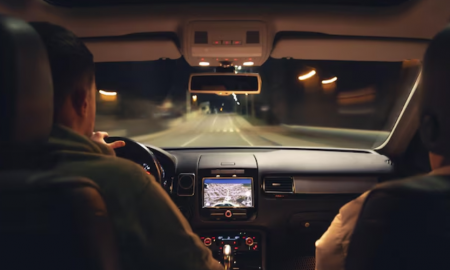

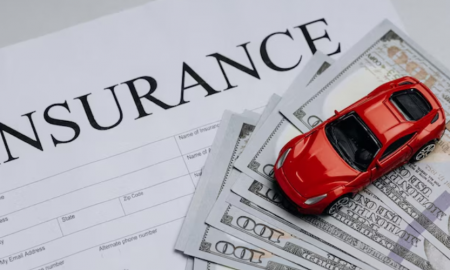


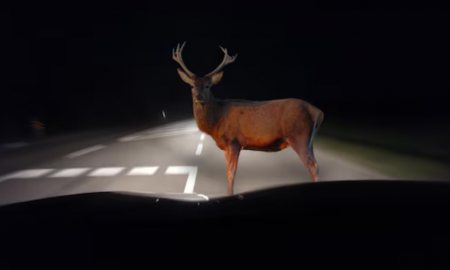


You must be logged in to post a comment Login